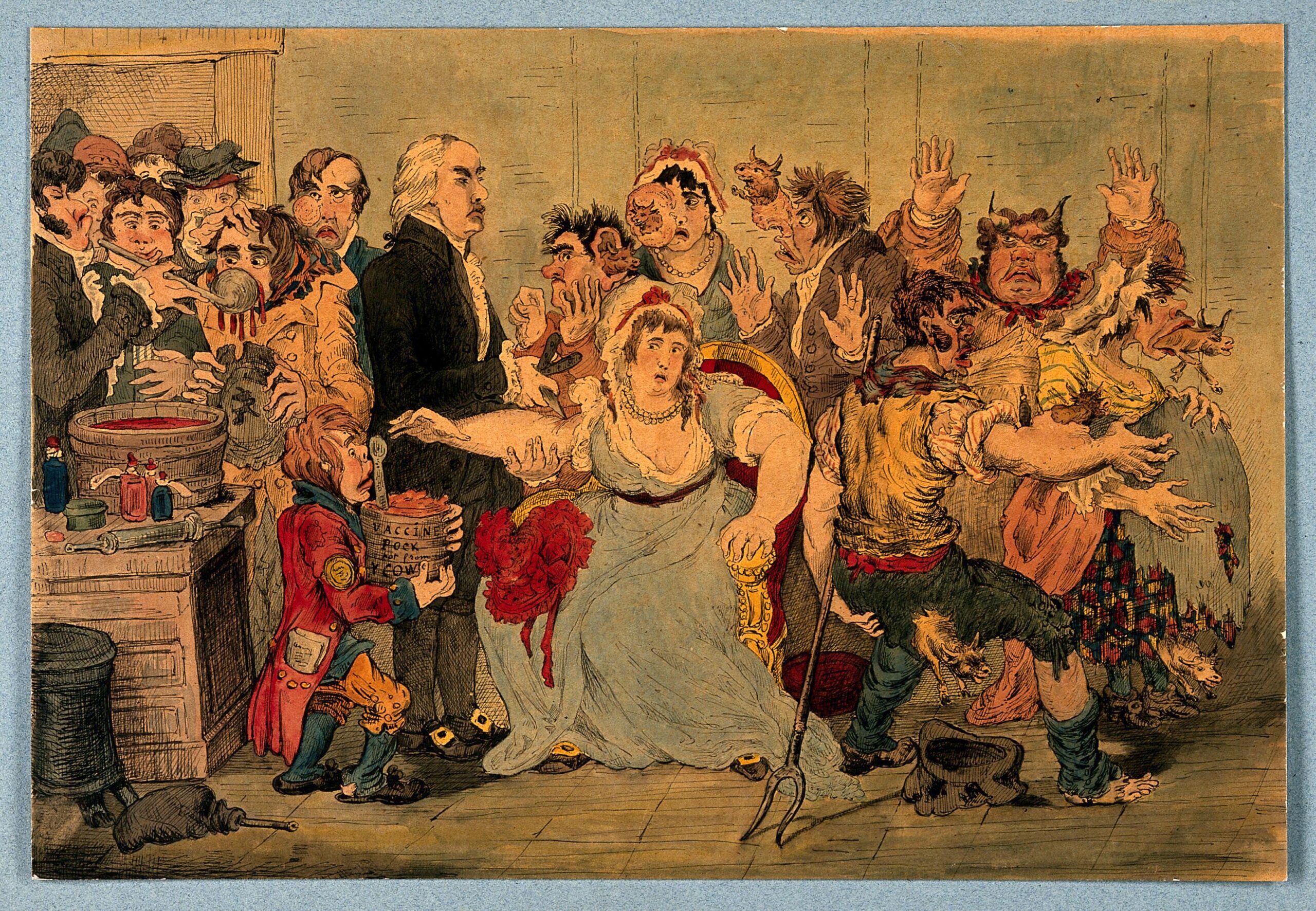Much of what is commonly understood about the lives of people with learning disabilities in early modern England (circa 1500-1800) is skewed by preconceptions about that period. There is the romantic vision that confused and conflated those who were commonly referred to as “idiots” with “lunatics”.
Popularised in the 19th century by the poet William Wordsworth and others, this view focused on the idea of figures such as the village idiot and Tom o’Bedlam. Believed to be embraced by their pre-industrial societies, these characters were seen as being financially kept by their community while simultaneously having the freedom to exist exactly as they were, before they were confined in the asylum with the advent of mass institutionalisation.
More persistent is a contradictory view espoused by some historians today. Based on the general absence of idiots from the records kept by asylums and workhouses, and a perception of the early modern period as one of swirling pre-scientific superstition, this argument holds that idiots were hidden from view within their communities, chained, beaten and starved in cellars. They were then rescued by the asylum movement, thus escaping these privations while at the same time becoming visible in the historical record.
What is far more likely is that idiots were an accepted part of early modern society. They were usually (though not always) looked after in their parishes by their families, and were known to their neighbours and their communities.
Defining the ‘incurable’
Early modern societies actually had a strong and fairly consistent grasp of the difference between the idiot and the lunatic.
The difference was based on a 13th century legal understanding of idiocy that recognised it as a permanent condition. This was in contrast to lunacy, which could strike at any time, and could also recede, leaving the afflicted with moments of lucidity. There was scope for those whose memory and reasoning had been affected by injury or age to be included under the umbrella of idiocy, but the condition was generally considered to be present from birth.
Why no records?
This distinction is part of the reason why idiots are largely absent from institutional records in this period; “keepers” of institutions (as they were known) did not want to give room to the incurable.
The tests to determine idiocy were not rooted in superstition but in the practicalities of everyday life. Individuals were asked to show they had the necessary skills to thrive in their communities, through questions on general orientation (their name, location etc), farming knowledge and basic numeracy.
This distinction and definition were hugely important in administering legal decisions, and some of the clearest evidence that the idiot was an unremarkable part of their community is found in court records.

Part of the parish
Parochial records from this period show that not only were idiots present and known in their community but also they benefited from a welfare system that was highly localised and had the family firmly at its centre.
The immediate family was expected to care for their idiot relative, with the parish stepping in to provide relief if they were driven into poverty or if there were no family members alive or capable of looking after the individual in question. In the latter situation, the parish could pay for the idiot to lodge for a period of time with a “nurse” or keeper, usually in the same parish but occasionally nearby. The courts could enforce their judgment ifan appointed guardian proved reluctant to provide the agreed care or support. This shows that, although parochial support was highly localised and could be somewhat rudimentary, there was a system in place to support idiots in their communities and this was an accepted part of parish life.
Showing there was an idiot in the family could be used to support applications for poor relief as it was unlikely that they could work and thus supplement the family’s income. However, there is evidence that some idiots were gainfully employed. Idiot servants can be found in cartoons and paintings from this period, and they also appeared in criminal courts, their employers and neighbours frequently interceding on their behalf in an effort to save them from the gallows for some minor theft. That is not to say the early modern period was a golden age of tolerance and acceptance for learning-disabled individuals or, indeed, one of exceptional welfare support but that the idiot was present in their local community.
They were not the extraordinary figures roaming free on the periphery of society nor the family secret locked out of sight in the cellar but, instead, they lived perfectly mundane lives among the rest of their parish.
Further reading
Andrews J. Identifying and providing for the mentally disabled in early modern London;
Rushton P. Idiocy, the family and the community in early modern north-east England; in: Digby A, Wright D, eds (1996).
From Idiocy to Mental Deficiency: Historical Perspectives on People with Learning Disabilities. London: Routledge
Jarrett S (2020) Myths of marginality. Idiocy in Britain in the long eighteenth century.
Frühneuzeit 31:1-14




